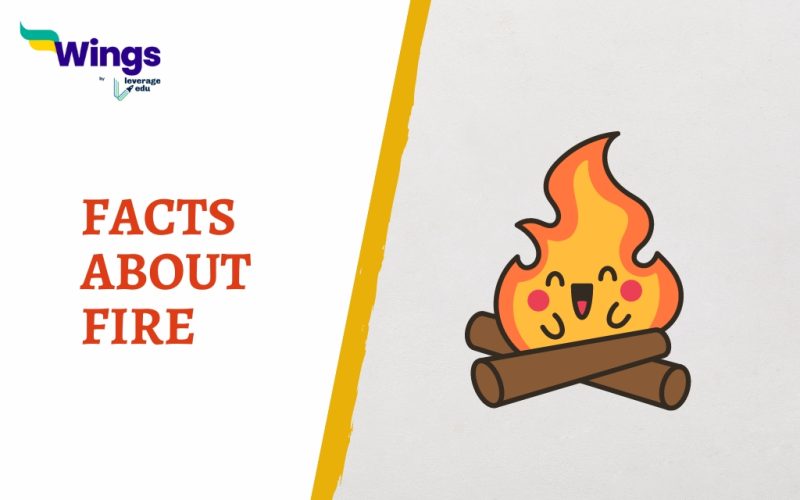Fire is the chemical process of burning a material quickly to produce heat, light, and other reaction products. The ignition point is the stage at which flames are created at a specific stage of the combustion process, and the flame is the area visible in the fire. The major components of fire are nitrogen, oxygen, water vapour, and carbon dioxide. However, there are some interesting facts about fire that you would want to know. Let us get to know some with the help of this blog.
Interesting Facts About Fire
Table of Contents
- The carbon dioxide produces smoke during a fire, producing excess energy known as thermal energy. This makes fire hot.
- Fire can become double its size in just half a minute.
- The process of fire is self-perpetuating, meaning it is endless.
- Based on the levels of oxygen, fire can change its colour.
- Oxygen is an important component of fire as it can change its temperature.
- The Great Fire of London in 1666 is considered one of the leading reasons to end the spread of the bubonic plague by destroying 80% of the city’s rats and fleas.
- A tree can explode with the steam of a fire if there is enough water deep within it.
- The three elements of fire are heat, oxygen, and fuel, which are needed to start a fire.
- Hot air and soot, or fragments of partially burned fuel, in a flame can both deflect light and produce shadows.
- Smoke can make a room look completely black and cause blurry vision.
- In the year 1900, during the Summer Olympics in Paris, firefighting was a competitive sport.
- The human body can’t be fully destroyed by fire.
- As the combustion gases rise and the flame moves upward, it makes the flame burn faster and stronger, which is why wildfire spreads more quickly uphill than downhill.
- The smoke can kill you faster than the fire.
- The Olympic Flame was started by the Ancient Greeks by using the power of sunlight. Even more odd is the fact that the Olympic torch is still lit using the same procedure today out of respect for tradition.
FAQs
No, oxygen is a critical component of the fire triangle, along with heat and fuel. Without oxygen, combustion cannot occur, and fire cannot sustain itself.
Fire emits light due to the excitation of particles within the flame. When there’s sufficient oxygen, the flame burns blue, indicating complete combustion. In lower oxygen environments, the flame may appear yellow or orange due to incomplete combustion.
While the human body can be severely damaged by fire, complete destruction is unlikely. Bones and teeth, which are more heat-resistant, may survive in some form. However, extreme temperatures can cause significant damage and decomposition.
Hope you had fun reading these interesting facts about fire. If you like reading about facts, you can visit our interesting facts page to read more such blogs.
 One app for all your study abroad needs
One app for all your study abroad needs













